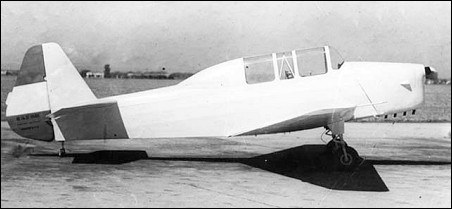Notable Cultural Highlights of 1945
An overview of the films and major literature to be released during 1945.
Argentine Films of 1945
Notable films this year are;
Allá en el setenta y tantos (Back in the Seventies), an historical drama of life in the 1870s directed by Francisco Múgica and written by Manuel Agromayor and Tulio Demicheli. The film stars Silvana Roth as Élida Paso and Carlos Cores.
El Alma de un tango (The Soul of a Tango) is a musical tango film directed and written by Julio Irigoyen. The film stars Héctor Palacios, Warly Ceriani, Lea Conti, Elisa Labardén, Percival Murray and Tino Tori and premiered in Cordoba on 20 April 1945.
Besos perdidos (Lost Kisses) is a romantic drama directed by the notable director Mario Soffici.
La Cabalgata del circo (The Gap) is a musical directed and written by Mario Soffici with Eduardo Boneo and Francisco Madrid. It stars Eva Duarte, Libertad Lamarque, Hugo del Carril, José Olarra, Orestes Caviglia, Juan José Miguez and Armando Bo. The film portrays the lives, loves and vicissitudes of a group of circus performers in the Argentine Pampas around the turn of the century with songs.
Despertar a la vida is the third film directed this year by Mario Soffici. It stars Roberto Airaldi, Lea Conti, Humberto de la Rosa and Francisco de Paula.
Chiruca is a film by Benito Perojo, written by Arturo Cerretani and Benito Perojo, and starring Catalina Bárcena, Manuel Collado and Homero Cárpena.
Cuando en el cielo pasen lista is a drama directed by Carlos F. Borcosque, written by Tulio Demicheli and starring Narciso Ibáñez Menta, Ilde Pirovano and Aída Alberti.
Short Stories
'The Aleph'
This is a short story by the writer and poet Jorge Luis Borges, which was published in September 1945.
In Borges' story, the Aleph is a point in space that contains all other points. Anyone who gazes into it can see everything in the universe from every angle simultaneously, without distortion, overlapping or confusion. The story continues the theme of infinity found in several of Borges' other works. As in many of Borges' short stories, the protagonist is a fictionalised version of the author. At the beginning of the story, he is mourning the recent death of a woman whom he loved, Beatriz Viterbo, and resolves to stop by the house of her family to pay his respects. Over time, he comes to know her first cousin, Carlos Argentino Daneri, a mediocre poet with a vastly exaggerated view of his own talent who has made it his lifelong quest to write an epic poem that describes every single location on the planet in excruciatingly fine detail. Later in the story, a business on the same street attempts to tear down Daneri's house in the course of its expansion. Daneri becomes enraged, explaining to the narrator that he must keep the house in order to finish his poem, because the cellar contains an Aleph which he is using to write it. Though by now he believes Daneri to be quite insane, the narrator proposes without waiting for an answer to come to the house and see the Aleph for himself. Left alone in the darkness of the cellar, the narrator begins to fear that Daneri is conspiring to kill him, and then he sees the Aleph for himself. Though staggered by the experience of seeing the Aleph, the narrator pretends to have seen nothing in order to get revenge on Daneri, whom he hates, by giving him reason to doubt his own sanity. In a postscript to the story, Borges explains that Daneri's house was ultimately demolished, but that Daneri himself won second place in the Argentine National Prize for Literature. He also states his belief that the Aleph in Daneri's house was not the only one that exists, based on a report he has discovered, written by Captain Burton when he was British consul in Brazil, describing the Amr mosque in Cairo, within which there is said to be a stone pillar that contains the entire universe; although this Aleph cannot be seen, it is said that those who put their ear to the pillar can hear it.
.jpg)




